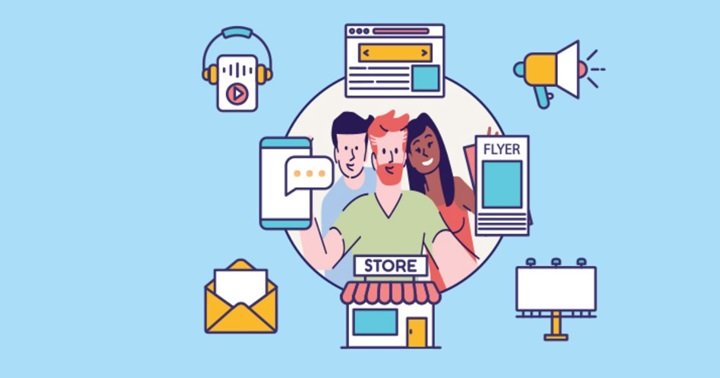Table of Contents
Introduction
Hello, data enthusiasts! Today, we’re diving into the fascinating world of first-party data. If you’re aiming to improve your marketing strategy, understanding and utilizing first-party data is a must. So, grab your coffee, and let’s get started!
What is First-Party Data?
First-party data is the information collected directly from your audience or customers. This includes data from behaviors, actions, or interests demonstrated across your website, app, or physical store. It’s like getting insights straight from the horse’s mouth—authentic, reliable, and incredibly valuable.
Why is First-Party Data So Important?
In the age of data privacy concerns and increasing regulations (hello, GDPR!), first-party data stands out as a compliant and ethical way to gather insights about your customers. But its importance doesn’t stop there. Here are a few reasons why first-party data is a game-changer:
- Accuracy and Reliability: Since you collect this data directly, you can trust its accuracy. No need to worry about second-hand interpretations or inaccuracies.
- Personalization: First-party data allows you to create highly personalized marketing campaigns. Imagine knowing exactly what your customer wants and delivering it seamlessly.
- Cost-Effectiveness: Unlike third-party data, which you have to purchase, first-party data is free. You already own it!
- Customer Relationships: Using first-party data effectively can help you build stronger, trust-based relationships with your customers.

Real-Life Examples of First-Party Data in Action
To better illustrate the power of first-party data, let’s look at a few real-life examples.
Example 1: Amazon’s Personalized Shopping Experience
Amazon is a master at using first-party data. Every time you browse, click, or purchase something on Amazon, they collect data. This data is then used to personalize your shopping experience. Ever noticed how Amazon recommends products you’re likely to buy? That’s first-party data in action. They track your behavior, understand your preferences, and make shopping incredibly convenient and tailored for you.
Example 2: Starbucks’ Rewards Program
Starbucks uses first-party data collected from their rewards program to understand customer preferences and behaviors. By analyzing purchase history and preferences, Starbucks sends personalized offers and rewards to its members. If you’ve ever received a coupon for your favorite drink, that’s Starbucks using first-party data to enhance your customer experience.
Example 3: Netflix’s Viewing Recommendations
Netflix collects data on what you watch, when you watch, and even how often you pause or rewind. They use this data to recommend shows and movies tailored to your viewing habits. This not only improves user satisfaction but also keeps you engaged with their platform.
How to Collect First-Party Data
Collecting first-party data can be straightforward if you know where to look. Here are some common methods:
- Website Analytics: Tools like Google Analytics can provide insights into how users interact with your website.
- Surveys and Feedback Forms: Directly ask your customers for their opinions and preferences.
- CRM Systems: Customer Relationship Management systems can track interactions and transactions.
- Email Marketing: Analyzing open rates, click-through rates, and other email engagement metrics.
- Loyalty Programs: Encourage customers to sign up for loyalty programs to track their purchases and preferences.
Best Practices for Using First-Party Data
Now that we understand what first-party data is and how to collect it, let’s talk about some best practices for using it effectively.
- Be Transparent: Always inform your customers about the data you’re collecting and how it will be used. Transparency builds trust.
- Ensure Data Quality: Make sure the data you collect is clean, accurate, and up-to-date.
- Respect Privacy: Always comply with data privacy regulations and respect your customers’ privacy preferences.
- Segment Your Data: Segment your audience based on the data to create targeted marketing campaigns.
- Leverage Technology: Use advanced tools and technologies like AI and machine learning to analyze and act on the data efficiently.
Conclusion
First-party data is a powerful asset in the world of digital marketing. It enables you to understand your customers deeply, create personalized experiences, and build stronger relationships. By collecting and using first-party data ethically and effectively, you can drive your marketing efforts to new heights.
So, there you have it—a comprehensive look at first-party data. Start leveraging this golden key to unlock the full potential of your marketing strategy. Happy data collecting!




Leave a Reply